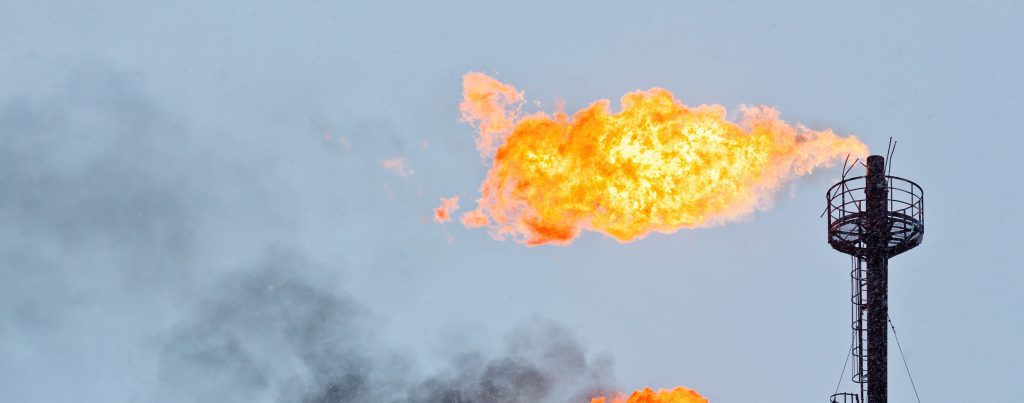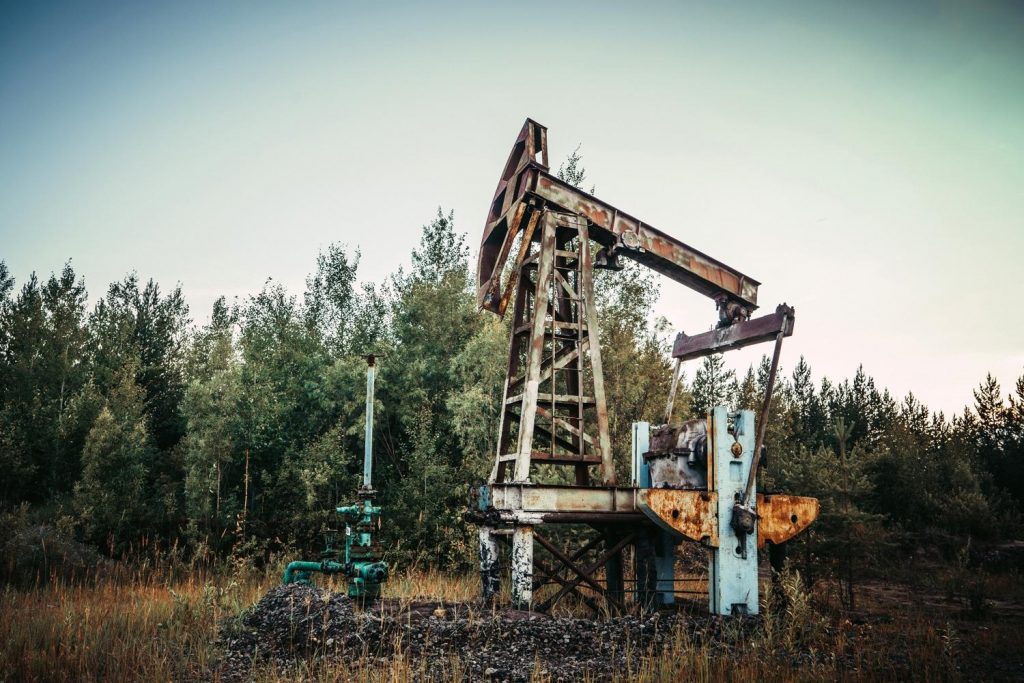Never underestimate the power of people to make a difference.
I recently attended a public consultation meeting in Ottawa on the proposed Energy East pipeline that, if approved, will run from the tar sands in Alberta to sea ports in Quebec and New Brunswick. The Ontario Energy Board (OEB) convened this meeting and others in Ontario communities along the pipeline route to hear from residents.
The large room was packed with about 400 people and it didn’t take long for people’s opinions to be known. As soon as the initial presentations were done, citizen after citizen took the mike to express their opposition to TransCanada’s risky proposal. People discussed a range of concerns but the two main ones were the pipeline adding carbon pollution to the atmosphere and the potential for oil spills into lakes and rivers. And from media coverage I’ve seen, similar sentiments were expressed at the other consultations held in communities along the pipeline’s route.
It’s not just people in Ontario who are worried. A recent poll found that two-thirds of Quebecers are opposed to the pipeline proposal. And just a few months ago, in October, over 2,000 people marched in Cacouna, Quebec, against the pipeline.
Every other pipeline proposal is also witnessing public backlash. The two pipeline proposals for B.C.—the already-approved Enbridge Northern Gateway tar sands pipeline and the proposed Kinder Morgan Trans Mountain Expansion project — are facing opposition from the public, municipalities, and First Nations. More than 100 people were arrested protesting Kinder Morgan doing survey work in Burnaby.
This widespread opposition makes the two B.C. proposals extremely uncertain and, by many accounts, unlikely to be built. Financial analysts have already downgraded their expectations for construction of Northern Gateway. (Aboriginal opposition is key to the anti-pipeline battles in B.C. and elsewhere, and this will be discussed in an upcoming blog.)
Public opposition to pipelines is also filtering upwards. In addition to the B.C. municipalities opposing the two pipeline proposals in that province, dozens of municipalities in each of Quebec, Ontario, B.C., and the eastern United States have passed resolutions opposed to or concerned about the Energy East proposal, the Line 9 pipeline reversal in Ontario, and the Montreal-Portland (Maine) pipeline.
Provinces are getting involved too. British Columbia intervened in Northern Gateway hearings to formally oppose the proposal. The Quebec government, pushed by a unanimously supported motion in the National Assembly, has set seven major conditions that need to be met before Energy East can move forward. Ontario has applied those same conditions, and the OEB hearing I went to was convened by the Ontario government to get more meaningful public input. The OEB hired consultants to study various impacts of the pipeline, including on carbon pollution, something that the National Energy Board refuses to consider.
In some ways, pipeline proponents are their own worst enemies, by developing proposals that try to cut economic costs but seem to ignore social and environmental problems. For example, one of the locations chosen for the end of Energy East, where an export terminal will be built is Cacouna, Quebec—in the middle of beluga whale calving grounds. The plan to convert aging natural gas pipelines for most of Energy East’s route may save TransCanada money, but it does nothing to assuage people’s concerns about oil spills. The protest and arrests that happened in Burnaby were ignited partly because Kinder Morgan chose Burnaby Mountain, a forested conservation area highly valued by local residents, as the location of its terminal.
There is one final, perfect example of pipeline companies not understanding that people care about the places where their homes are, the lakes or rivers their water comes from, and the planet they live on. At the Energy East public hearing I went to in Ottawa, citizens were told that TransCanada had not yet completed emergency response plans in the event of an oil spill. But if an oil spill did contaminate their source of drinking water, bottled water would be provided. You can imagine how that information was received by the people in the room.
With tar sands projects being delayed or outright cancelled, it’s clear that the people-powered movement to stop tar sands expansion and pipelines is winning. More than ever, Canadians are ready to move away from last century’s dirty fuels. Citizens will continue to fight every new risky proposal for a pipeline or a tar sands project, understanding that a clean energy future is not only possible, it is becoming more likely than massive expansion of the tar sands.
Join the movement of thousands of Canadians from coast to coast to coast who are saying NO to risky tar sands expansion.
This blog is the first in a series looking at the issues explored in Far From Inevitable: The Risks of and Barriers to Tar Sands Expansion. The full report and summary can be found here: www.EnvironmentalDefence.ca/FarFromInevitable









